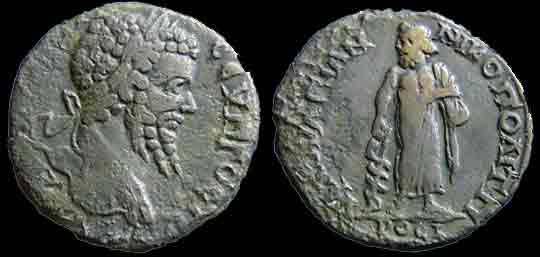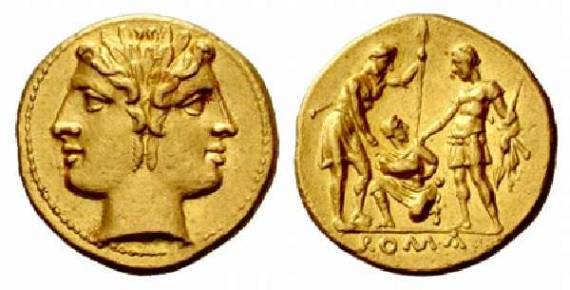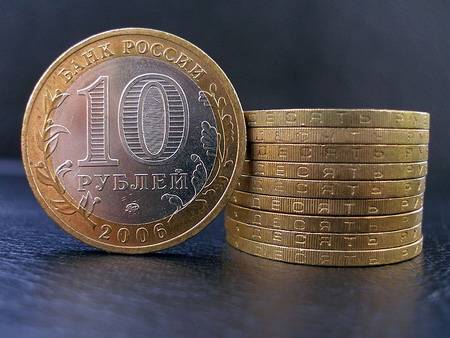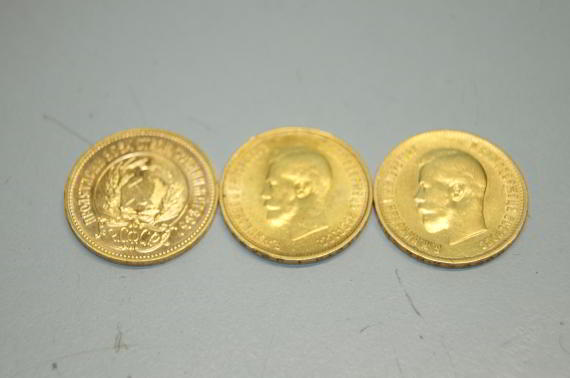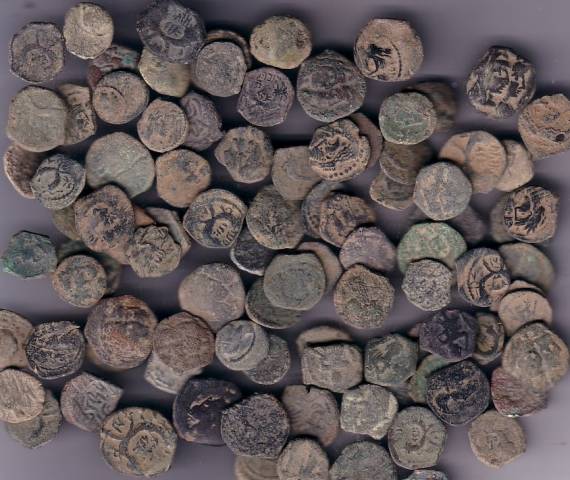called navicular bars
Greco-Bactrian rulers and their coins
 The history of the dynasty of the Greco-Bactrian empire, as recorded on the coins, of a powerful state that was located in the upper regions of the river, now known as the Amu Darya, and previously the Oxus River, was placed on the coins. Here you can see absolutely all the rulers of this kingdom, and find out about each minimum of information in order to understand what kind of person it was.
The history of the dynasty of the Greco-Bactrian empire, as recorded on the coins, of a powerful state that was located in the upper regions of the river, now known as the Amu Darya, and previously the Oxus River, was placed on the coins. Here you can see absolutely all the rulers of this kingdom, and find out about each minimum of information in order to understand what kind of person it was.
By the middle of the third century BC, the Greco-Bactrian kingdom was separated from the Seleucids, the inheriting power of the Macedonian king Alexander. Bactria is considered to be a border state between the West and the East, here the culture of Central Asia was perfectly combined with the statehood of ancient Greece, which formed the so-called Hellenistic center. Continue reading
The history of coinage of antique coins
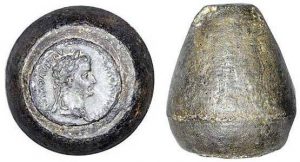 After the minting of the first coins was mastered, it is necessary to somehow simplify this rather complicated procedure. And the solution was soon found and put into practice. Approximately around the first century before the beginning of our era, the method of minting coins had the following form: a round billet, usually obtained by casting, was inserted between two sections of a stamp, with the lower part of the stamping device being stationary, and the upper part could be closed and opened. After the blank was nested, the upper part was closed, and it was hit with a hammer, as a result, the image from the stamp was transferred to the blank, and the coin acquired its true purpose, and from that time it was considered a real and valuable money sign. Continue reading
After the minting of the first coins was mastered, it is necessary to somehow simplify this rather complicated procedure. And the solution was soon found and put into practice. Approximately around the first century before the beginning of our era, the method of minting coins had the following form: a round billet, usually obtained by casting, was inserted between two sections of a stamp, with the lower part of the stamping device being stationary, and the upper part could be closed and opened. After the blank was nested, the upper part was closed, and it was hit with a hammer, as a result, the image from the stamp was transferred to the blank, and the coin acquired its true purpose, and from that time it was considered a real and valuable money sign. Continue reading
Coins and art
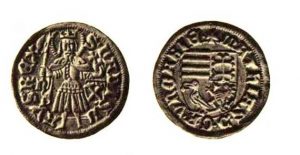 When the state treasurer put his stamp on a small piece of metal, he cared not only to record the purity and weight of the metal with this action, but also to make a kind of media out of the coin by placing some propaganda information on the coin. In addition, the state sought to make a true masterpiece of art out of each minted coin, to make it beautiful and attractive. This is due to the fact that coins are still a symbol of wealth, and wealth, as a rule, is comprehended with something beautiful and refined, and coins made of such precious and noble metals like gold and silver themselves symbolize such a state. Continue reading
When the state treasurer put his stamp on a small piece of metal, he cared not only to record the purity and weight of the metal with this action, but also to make a kind of media out of the coin by placing some propaganda information on the coin. In addition, the state sought to make a true masterpiece of art out of each minted coin, to make it beautiful and attractive. This is due to the fact that coins are still a symbol of wealth, and wealth, as a rule, is comprehended with something beautiful and refined, and coins made of such precious and noble metals like gold and silver themselves symbolize such a state. Continue reading
